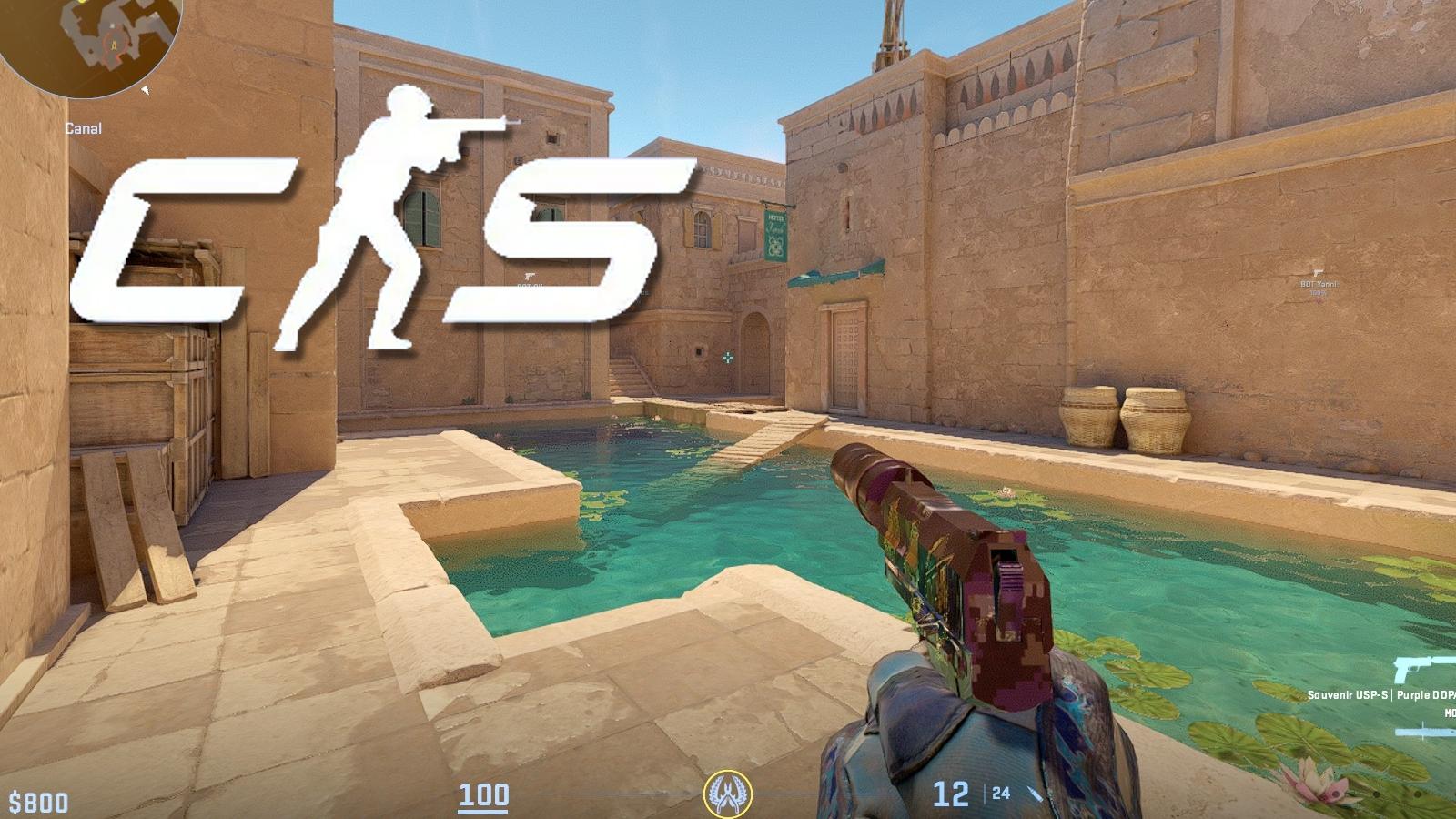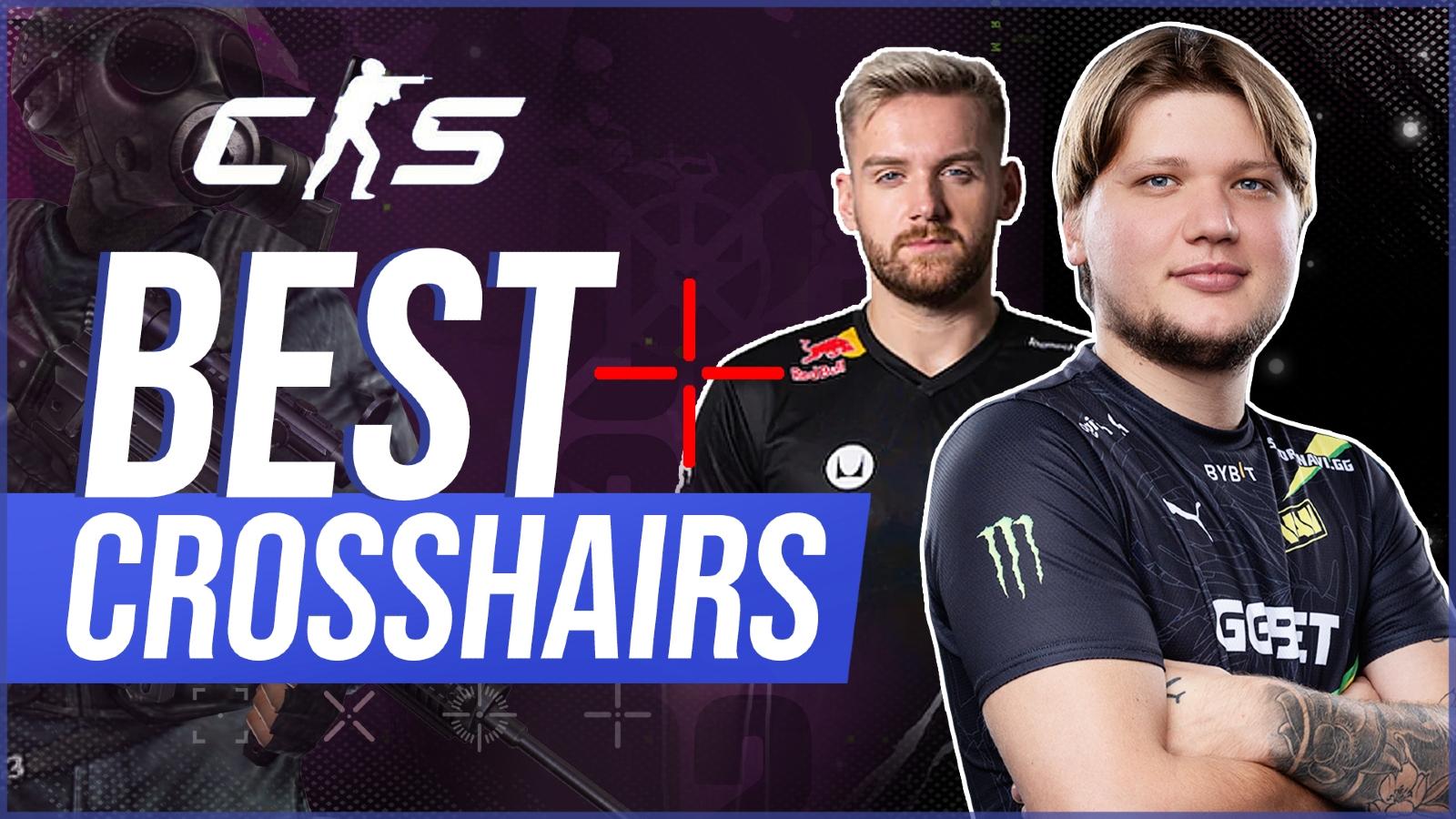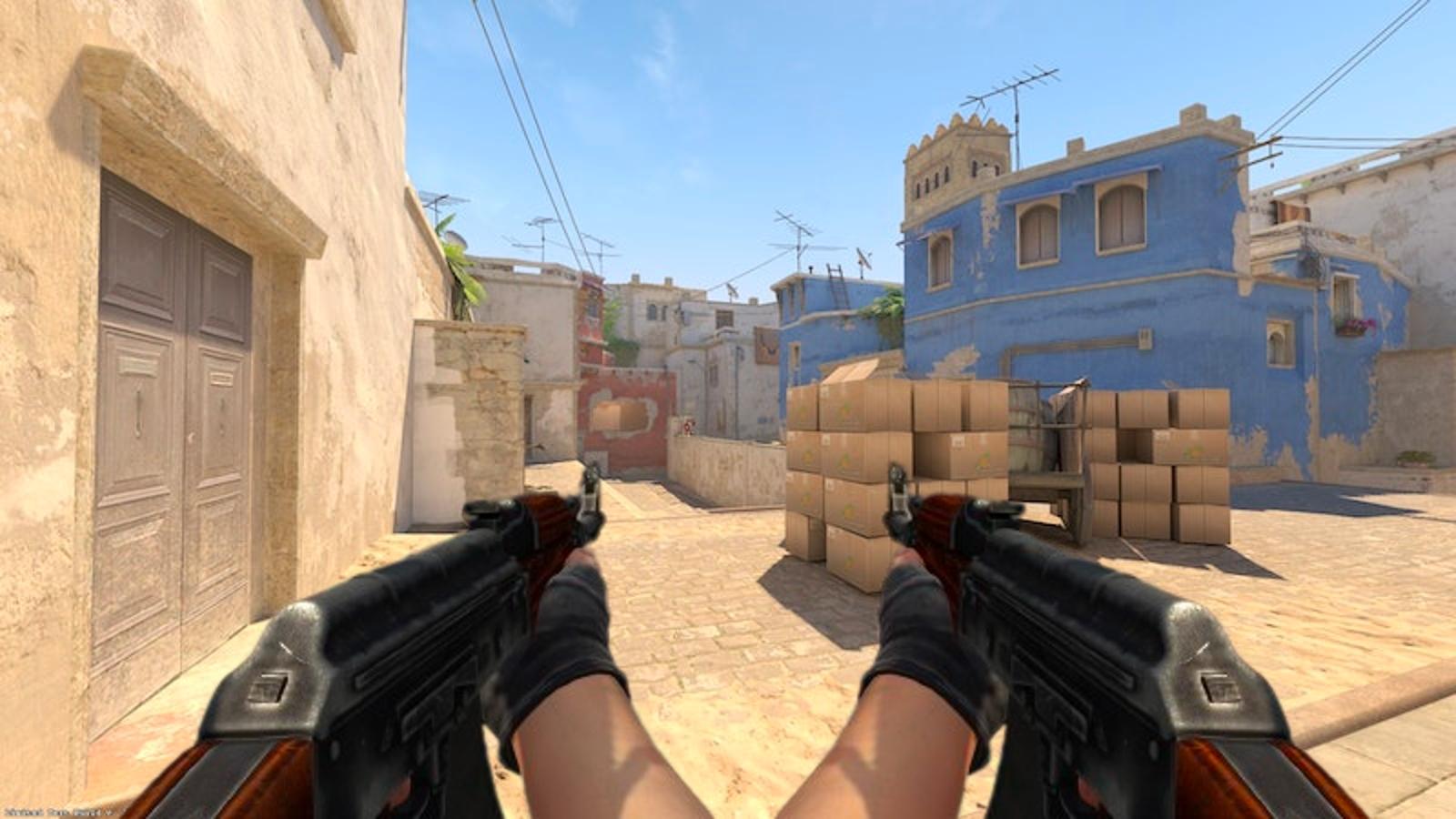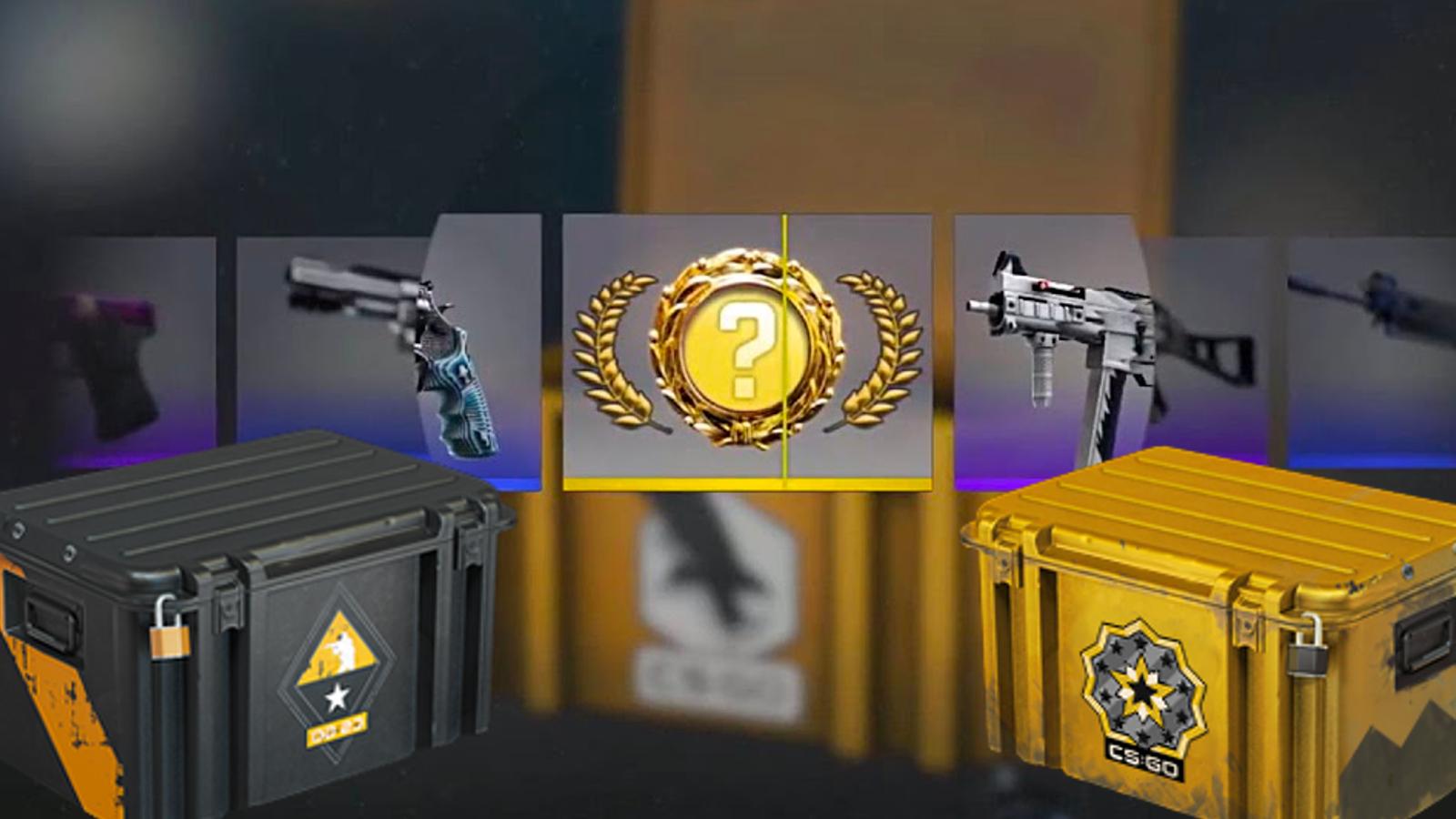Stuchiu: The Absolutist and the Relativist, Two Poles of CSGO Map Vetoes
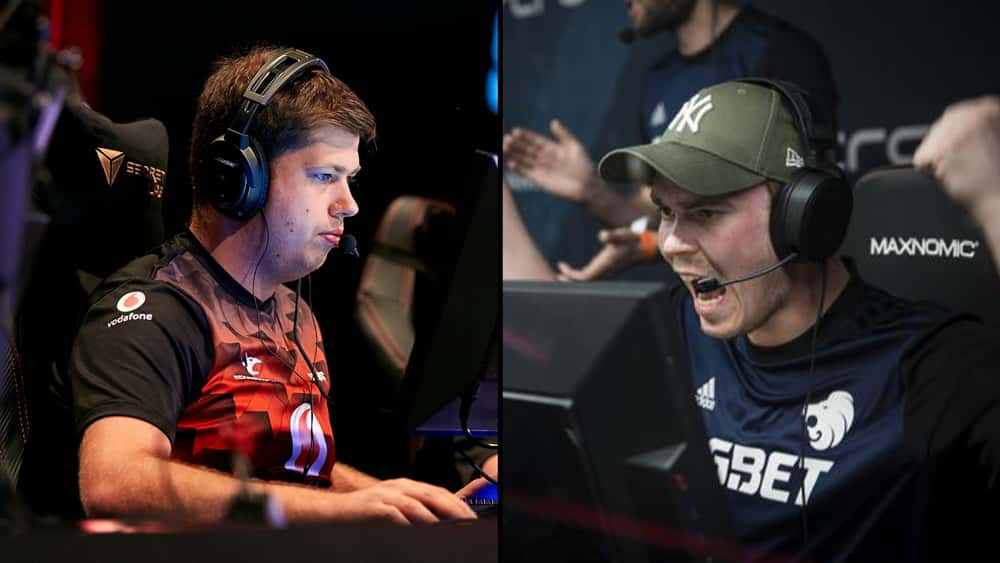 StarLadder / Dreamhack
StarLadder / DreamhackIn his latest piece, Stuchiu breaks down the different approaches for a crucial component of a Counter-Strike: Global Offensive match – the picks and bans for maps that can easily win a series before the game even starts.
Map veto strategy is a fairly obtuse subject that is commonly misunderstood. Most think it can be figured out statistically. That you go to HLTV and look up the basic stats and winrates of the teams try to figure out what map each team is best at.
While the base statistics are helpful, there is a lot more to consider when trying to model the map veto strategy of any team. It is a combination of various factors: personal evaluation, team evaluations, scrim results, emotional levels, and personal preference. As CS:GO has gone on, there have been two schools of thought that have formed the poles of map veto theory: The absolutist and relativist.
[ad name=”article1″]
The Absolutist and Relativist
The absolutist type is the leader or team that always pick for comfort. They are fine with picking their best map even if it’s one of the opponent’s better maps because they have absolute confidence in their ability to defeat the opposing team. On the other end of the spectrum is the relativist. This is the type of leader or team who thinks in terms of relative strength. They will sometimes skip picking their own best map if the opponent also likes the map because they are willing to gamble that the opponent will let it through on the second phase of vetoes. In exchange then, they pick one of their own middling maps that is a relative strength for themselves while being a relative weakness of the opponent.
Both have their advantages and disadvantages. The former is generally considered the safe approach and is used by teams or players who prefer comfort. The latter is a bit more risky and can potentially backfire if the leader or drafter has a misread of their own team or the opposing team. What makes examining teams and leader map veto draft difficult is that the approach can radically change depending on the context of the teams, their histories, and how they are feeling on the day.
Because of that, it is rarely the case that you get a leader who will always fall on one side of the equation or the other. To examine what goes into a map veto, one of the best ways to do it is to look at the two extremes of each side. The two leaders in question are Mathias ‘MSL’ Lauridsen and Finn ‘Karrigan’ Andersen.
MSL as the Absolutist
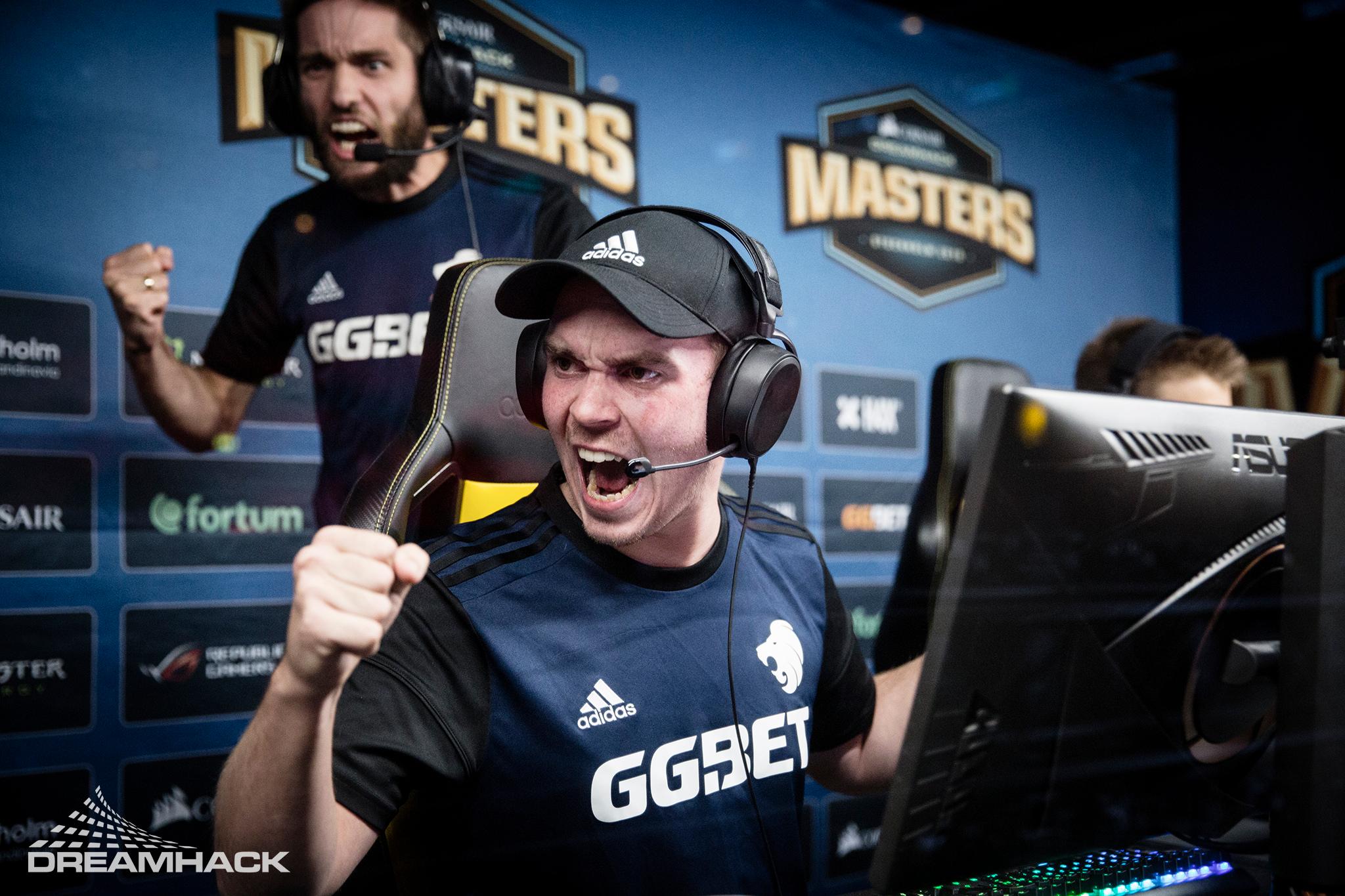 Jennika Ojala for DreamHack
Jennika Ojala for DreamHack[ad name=”article2″]
MSL is the archetype of the absolutist map veto. He is someone who has been criticized for his map vetoes in the past as he will always go for his team’s best map even if there is a high probability that he can do a punish pick in the first phase and the opposing team likely won’t ban something like Cobblestone or Mirage in the second phase. His style of map veto does have a certain logic to it when you consider that for most of his career, his teams have often been filled with up-and-comers. Players that haven’t fully developed and rounded out their game. With players like that, it makes sense to have a strict map veto that emphasizes what they are familiar with rather than potentially making dangerous gambles.
This style of map veto can potentially leave the team open to be exploited. On the other hand, the team is rarely surprised as they reduce the amount of chaotic factors within the map veto. In this way, the team can get an edge on preparation, and this is something that a tactical leader like MSL can exploit if given enough time.
Finally, one last thing to note about the absolutist style of map veto is that there is a certain level of emotion that can be attached to it. The most obvious example of this is TSM at the DreamHack Cluj-Napoca Major. In that Major, TSM looked to be potential favorites to win the entire tournament, but were upset by long-time rivals in NiP. In that series, TSM went for a punish pick and went with Train in the first series. In theory, this was a fantastic idea. What happened though was that Adam “friberg” Friberg had a monster performance as he went 27-14. While TSM were still one of the better Train teams in the world, they refused to pick Train as a punish pick again.
Karrigan as the Relativist
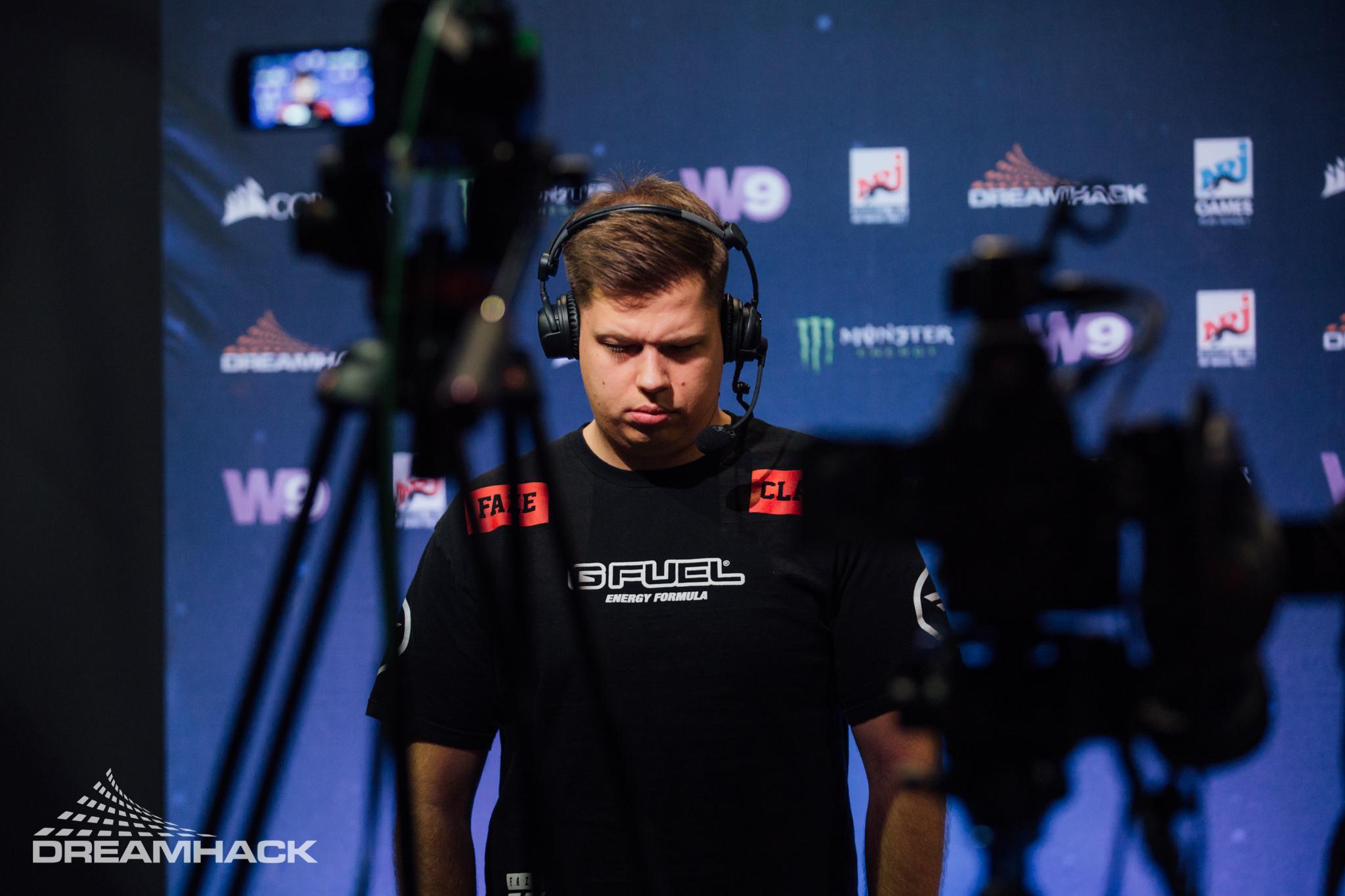 Adela Sznajder for DreamHack
Adela Sznajder for DreamHack[ad name=”article3″]
On the other end of the spectrum is Karrigan. He is the extreme opposite of that. If he can get away with a punish pick or bamboozling the opponent with a surprise pick, more often than not he’ll do it. Like MSL, his map veto correlates with his own expertise and experiences. MSL is a leader who has specialized in picking up younger talent and having them rise through the ranks. Karrigan as a leader is someone who is a master of modeling player and team tendencies and characteristics.
That is why he was able to help teams like Dignitas/TSM and the various iterations of FaZe go from a rut to the heights of the CS:GO world, as he could recognize and emphasize the distinctive qualities of the players in each team. Arguably, his masterpiece as an in-game leader was when he first joined FaZe and got the team working with three days of taking over. He is someone who can model and figure out the map pool instantly and this, in turn, has given him a strong insight into how opposing teams and players would theoretically look on any given map. From there he can find small edges in advantages and pick relative strength against relative weakness.
The highest stakes example of this was at IEM Sydney in 2017. FaZe and Astralis were two of the best teams in the world and neither played cobblestone. So in the group stage, they decided to play a game of chicken with the veto as they banned each other’s maps daring the other to let Cobblestone through. Eventually, FaZe did and Astralis won the game 16-7. Not to be deterred, Karrigan then said that he was hiding strats on the map and that he’d unveil them if they played Astralis again.
[ad name=”article4″]
Astralis decided to call his bluff in the semifinals as they picked the map against his team. In the end, FaZe won the rematch 16-13. This is the prime example in understanding Karrigan and relativist thought when it comes to map veto. In the first go-around, neither side had a good idea of how the other side actually played Cobblestone. In the rematch, Astralis had confirmed in their own minds that they had a decent chance on Cobblestone and that if they won this particular series, that in the future FaZe would be forced to ban Cobblestone against them.
On the other hand of that equation, FaZe and karrigan understood that the loss from the first set was a false positive. That while they weren’t that good on Cobblestone, they were probably still just a little better than Astralis were, so they let it through again. In retrospect now, I’d say the difference between the two could be as minuscule as 52-48 in FaZe’s favor, but those are the types of odds that Karrigan likes to play, especially when the prize is a future advantage in the map veto and mind games.
One last thing to note about basic map veto theory is that almost all leaders fall somewhere between these two lines. MSL and Karrigan are at the extreme ends. Whereas someone like Lukas ‘gla1ve’ Rossander is somewhere in between. He is someone who can shift map veto philosophy on a dime and one of the best examples of this is his changing map veto against Mouz.
An Astralis Example
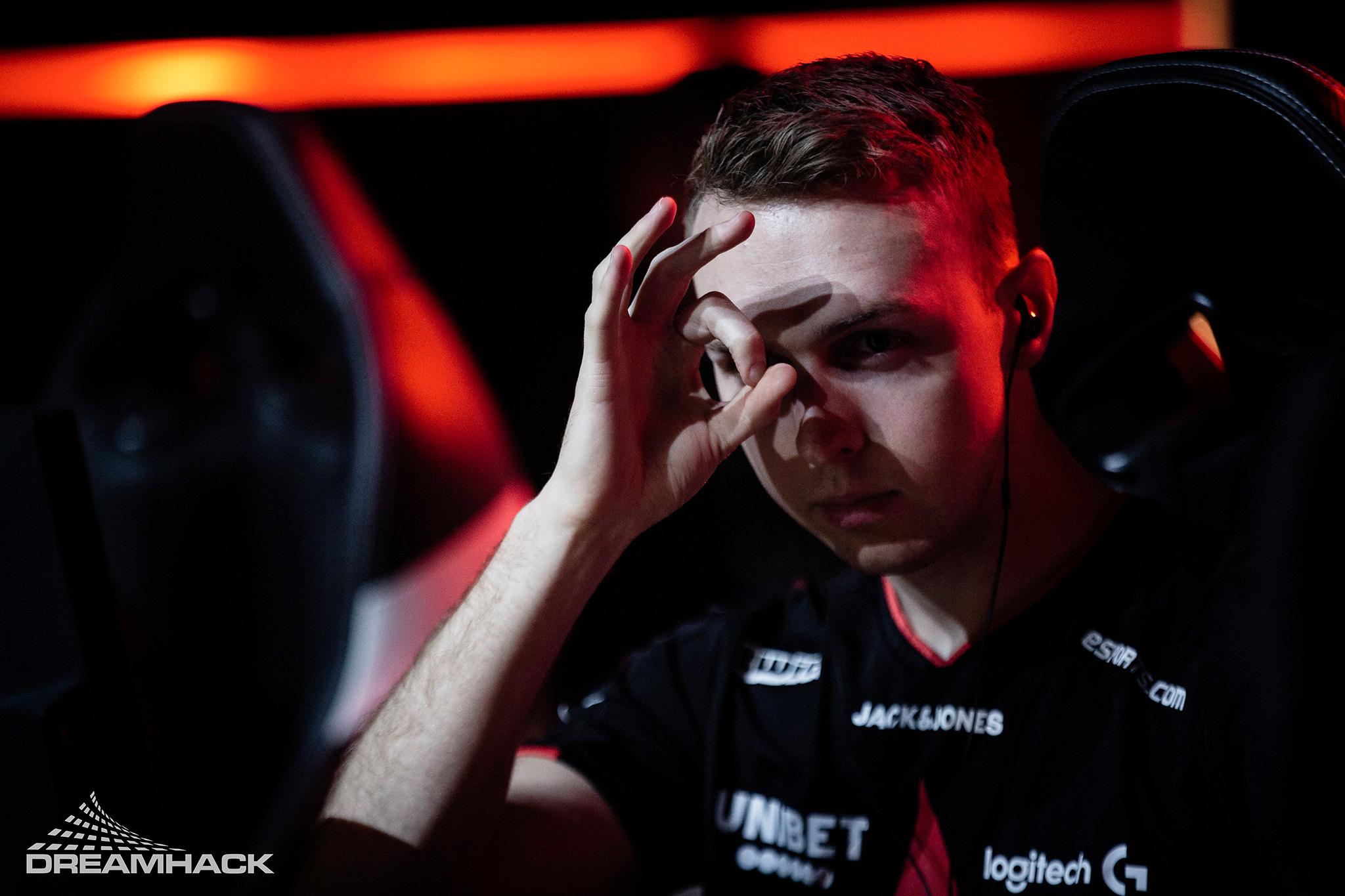 Jennika Ojala for DreamHack
Jennika Ojala for DreamHackAstralis played against Mouz at both ECS Season 6 Finals and ESL Proleague Season 8 Finals. At ECS Season 6 finals, this was the map veto between the two:
- Mouz ban Overpass
- Astralis ban Cache
- Mouz pick Mirage
- Astralis pick Nuke
- Mouz ban Inferno
- Astralis ban Train
- Dust2 final map
In this map veto, Astralis clearly went for the absolutist approach as they decided to go with Nuke. In theory, this is a fine choice to make as Astralis are still undefeated on the map. The results even pan out as Astralis won that series 2-0, though it was a fairly close scoreline on both maps 14-16 and 13-16 on Mirage and Nuke, respectively. Now take a look at their map veto at ESL Proleague Season 8 Finals:
- Mouz Ban Overpass
- Astralis Ban Cache
- Mouz pick Mirage
- Astralis pick Inferno
- Mouz ban Nuke
- Astralis ban Train
- Dust2 final map
While the map veto in the previous series was fine, I’d argue that this was a far stronger map veto that falls along the lines of relativistic thought. Astralis understand that Mouz is arguably the 2nd best team in the world. On the other hand, Astralis must have realized that Mouz’s Inferno isn’t good while their own Inferno is one of the best in the world. So instead of going for their absolutist pick on Nuke, they went for a punish pick of Inferno.
The Two Poles of the Map Veto
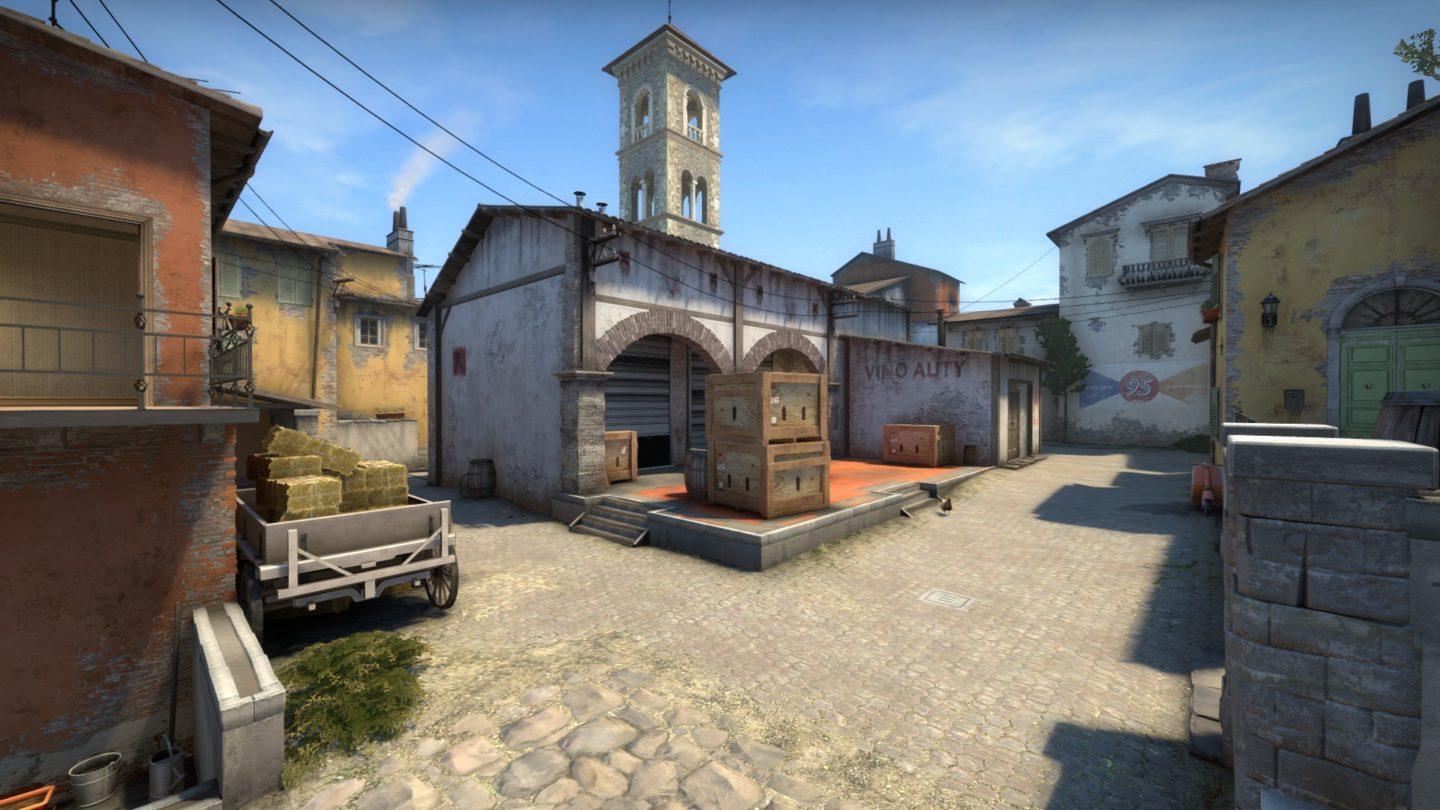 Valve
ValveBy looking at these two map veto examples from a single team, it’s clearer to see the difference between the two poles of thoughts. The absolutist will always pick their own best map and thus reduce the amount of chaos that can happen in the map veto. The relativist will pick their relative strength into a relative weakness and can punish a team for not having a strong enough map pool. The risks they run though is that they may play maps that they don’t feel as comfortable on and if they misjudge the opponent’s ability on a map or overrate their own, they will be punished instead.
Through the two poles of absolutist and relativist map veto theory, we can see the battle before the battle. While the overall map veto segments on the broadcast happen relatively quickly, each draft phase is filled with incredible amounts of information in how players and leader view their own teams, their opponents, and their philosophies about basic game theory. It’s a negotiation and battle in the mind before the actual battle begins and while there are no incredible highlight clips to be had, there is something to be said about watching one team break the other in the map veto before the first shot is even fired.
